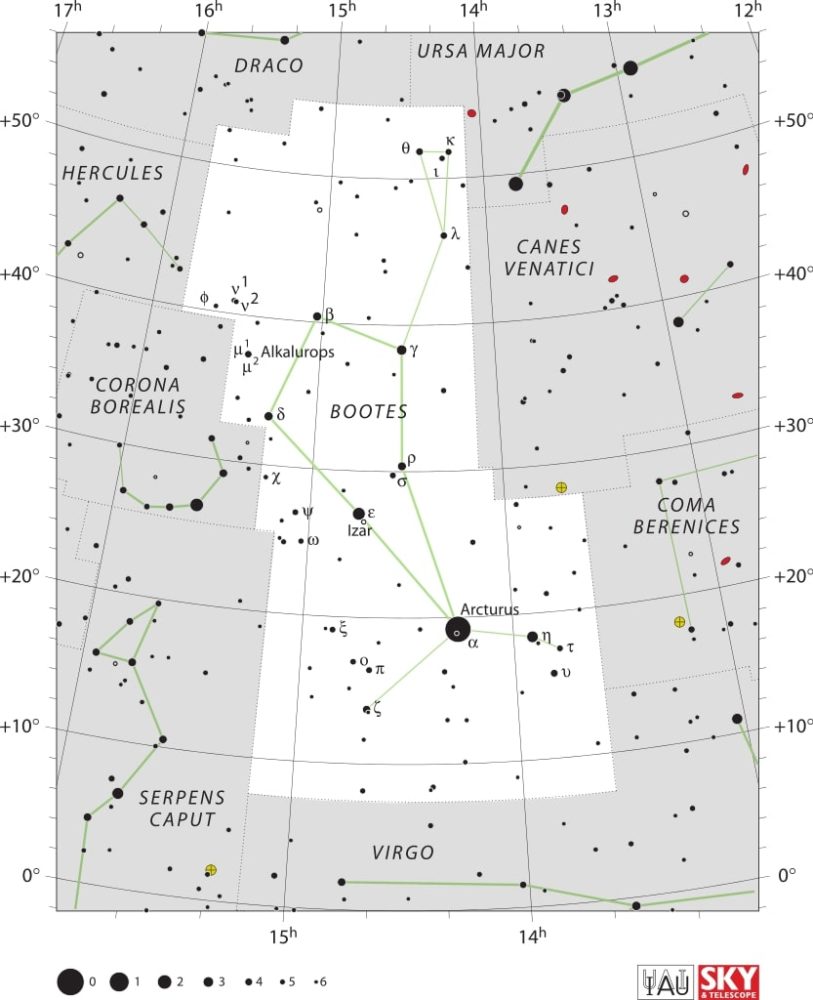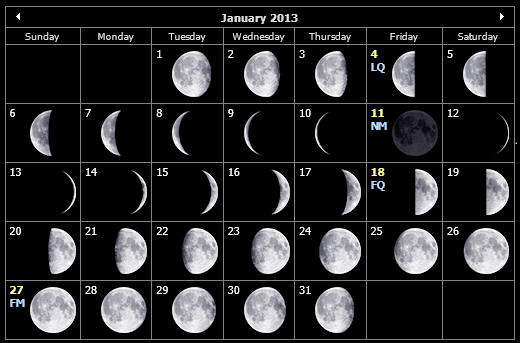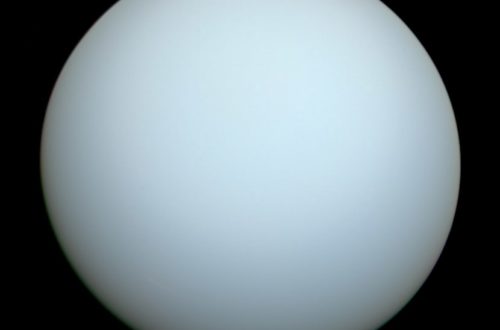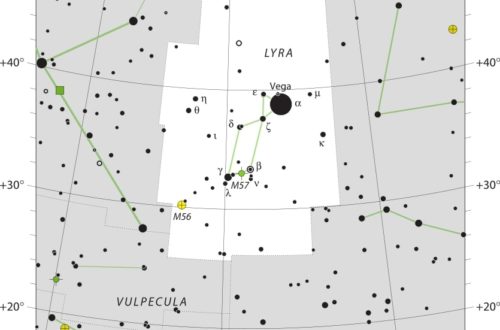Monthly Stargazing Calendar for January 2013
Looking for the January 2025 stargazing calendar?
On the night of January 3 and 4 the Quadrantids meteor shower will peak. It is an above average shower, with up to 40 meteors per hour at the peak. Some meteors can be visible from January 1 to 5. Unfortunately the near last quarter moon will hide many of the fainter meteors with its glare. Therefore, it is important to view them from a dark location far from city lights.The meteors will appear to be radiating from the constellation Bootes.

Would you like to be notified of stargazing events?
Moon phases
As you know, the Moon has a big impact on the visibility of celestial bodies in the night sky. So here are the Moon’s phases for this month:

Positions of the planets this month
Mercury: The closest planet to the Sun can be seen at dawn and dusk in the constellation of Sagittarius, not far from Venus. This planet, being the closest to the Sun, will appear to move quickly in the night sky and its position will change in the following weeks.
Venus: The sister planet can also be seen in the constellation of Sagittarius. Just like Mercury, Venus can only be seen at dawn and dusk.
Mars: The red planet can be seen in the constellation of Capricornus.
Jupiter: The gas giant is visible in the constellation of Taurus. Jupiter can easily be spotted with the naked eye, even in highly illuminated cities.
Saturn: The ringed giant can be seen with the naked eye in the middle of the Virgo constellation.
Uranus: The gas giant can be seen between the constellations of Pisces and Cetus with the use of a telescope.
Neptune: The blue giant requires a telescope pointed in the constellation of Aquarius in order to be seen.
Major astronomical event next months
- March 20 – March Equinox.
See also:
- Previous month’s calendar: Stargazing Calendar for December 2012
- Next month’s calendar: Stargazing Calendar for February 2013
Would you like to receive similar articles by email?





